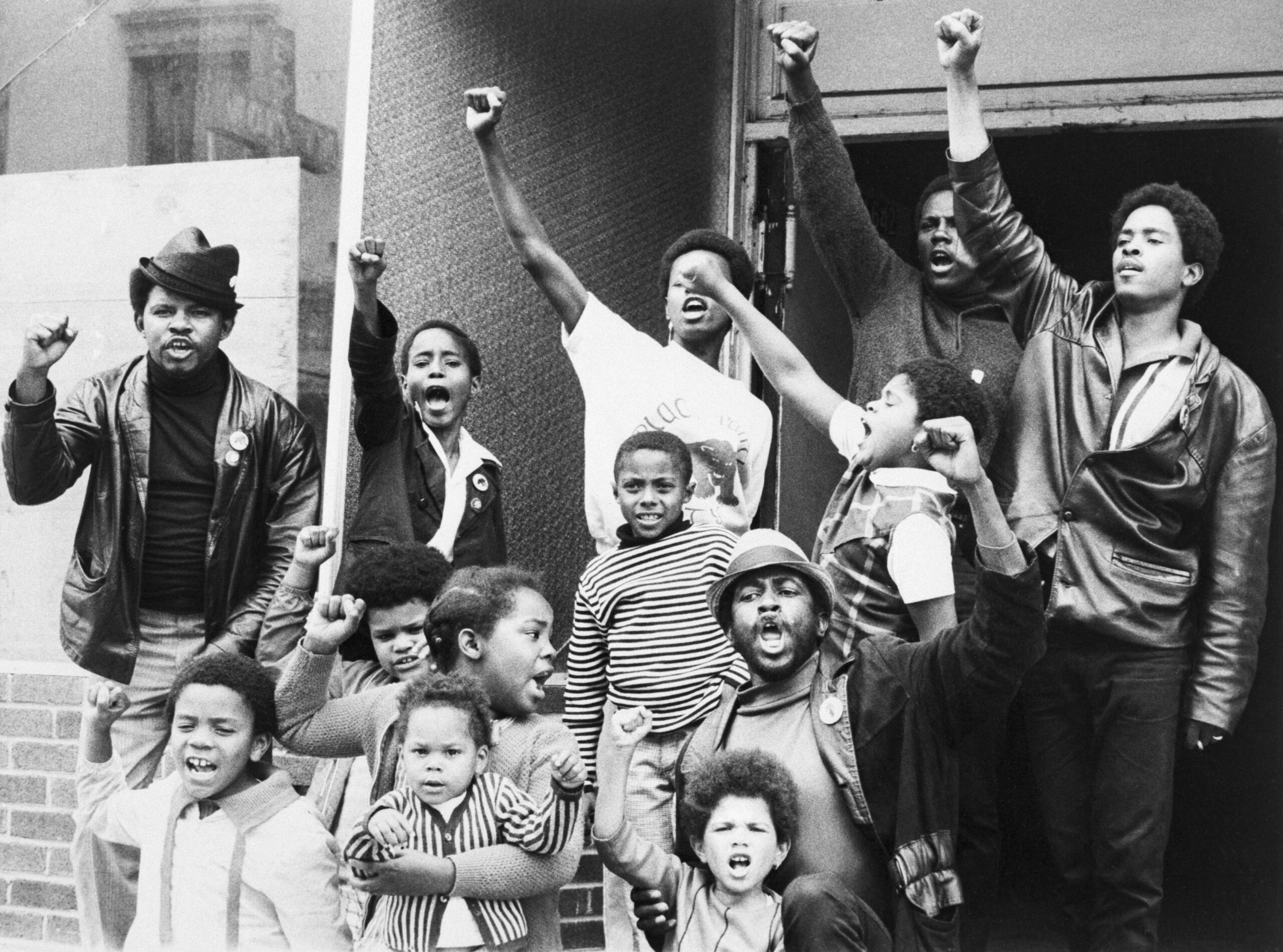Decades before educators began rethinking American education by acknowledging how underlying social issues affect students, Oakland’s Black Panther Party had the same idea.
The Black Panthers opened their “community school” in East Oakland in 1973—the first known school of its kind in the country—and it became known for providing free breakfasts to low-income children. For eight years until its 1981 closure, it was centered on caring for the “whole child,” providing three meals a day and developing a curriculum that highlighted Black history. The likes of Maya Angelou, James Baldwin and Rosa Parks visited its students.
In 2010, three decades after the Black Panthers’ experiment wound down, the Oakland Unified School District revived the idea of community schools for all K-12 grades.
Community schools differ from regular schools in key ways. First, they embed local organizations on campus to provide mental health support, food, academic help and after-school programs, among other resources. Second, the choice of which services to partner with is made locally—by students, parents and staff at each campus.
The pandemic exacerbated existing inequities in education, causing truancy to rise. In response, education leaders nationwide have begun transforming schools into hubs for social services. California, in particular, has taken note, approving $4 billion over seven years for hundreds of such schools in the state.
“The school is in the community, and the community is in the school,” said Lisa Villarreal, a co-author of Community Schools Revolution, a new book that explores the movement through case studies in cities like Oakland. “People may not have known that this vision came from the Black Panthers. This has been a long time coming.”
Over the last decade, Oakland’s program has served as a model for the state. Dropout rates, the authors state, fell from 25% to 13% between the 2011-12 and 2020-21 school years. The number of students reading at or above grade level rose from 22% in 2011 to 37% in the 2017-18 school year.
The district currently has 77 schools in the program in operation, district spokesperson John Sasaki confirmed to The Standard. Through five-year state grants, 61 Oakland campuses have received community schools funding.
Administrators like Oakland school district chief of staff Curtiss Sarikey, who helps lead its community schools effort, see engagement with students and their families.
“The reason that community schools have not just grown but actually thrived—over five superintendents, over a decade, over strikes, over Covid, over school closures—is because there was so much bottom-up buy-in from the get-go,” Sarikey told the authors.
On the other side of the Bay Area, the San Francisco Unified School District received $34 million in 2022 and another $24 million in state grants this year. This is in addition to the city’s similarly minded Beacon Initiative, which provides funds for organizations like Mission Graduates to provide mentoring and academic support.
It could be some time before California’s investment bears fruit, however. Switching from one principal calling the shots to decision-making shared by families and staff can be difficult, said Leslie Hu, a United Educators of San Francisco officer who served as a community school manager.
“We found a model that really centers young people and families in ways that are really unique,” Hu said. “Sharing power is fundamentally a very, very hard thing to do.”
All the same, the pandemic resulted in an overnight change.
Suddenly, school staff had to deliver food and other needed supplies to students learning online. This, Villarreal said, was a wake-up call across the nation.
Though California and other states have stepped up, doing so through one-time funding threatens community schools’ lasting impact. Just as the Black Panthers’ earlier effort endured for less than a decade, today’s educational experiment might not last.
“They always have an end date,” Villarreal said of grants. “Until community schools are part and parcel of the annual budget, they will struggle for sustainability.”
